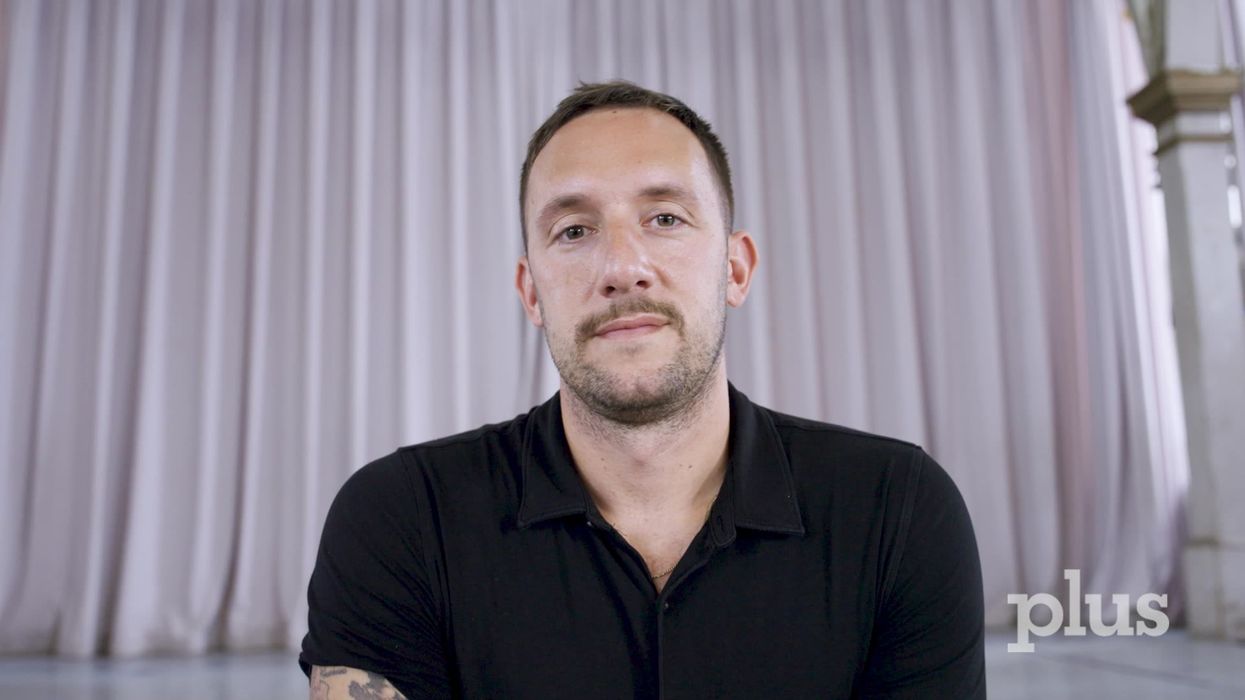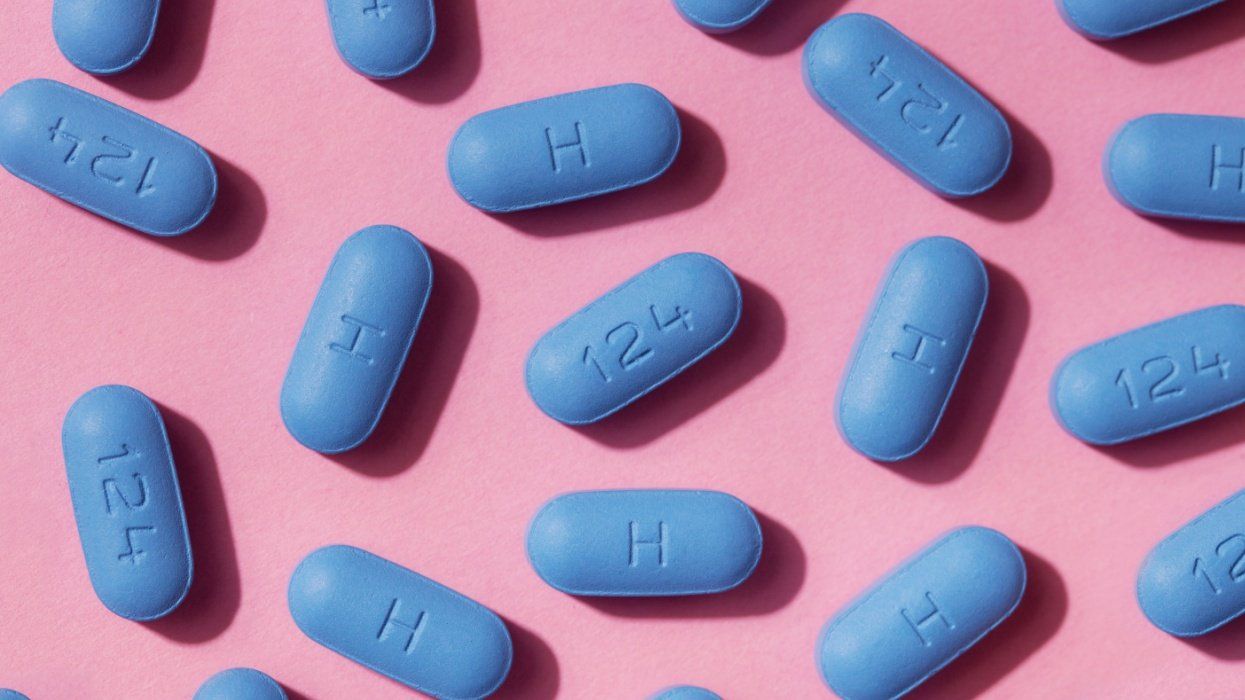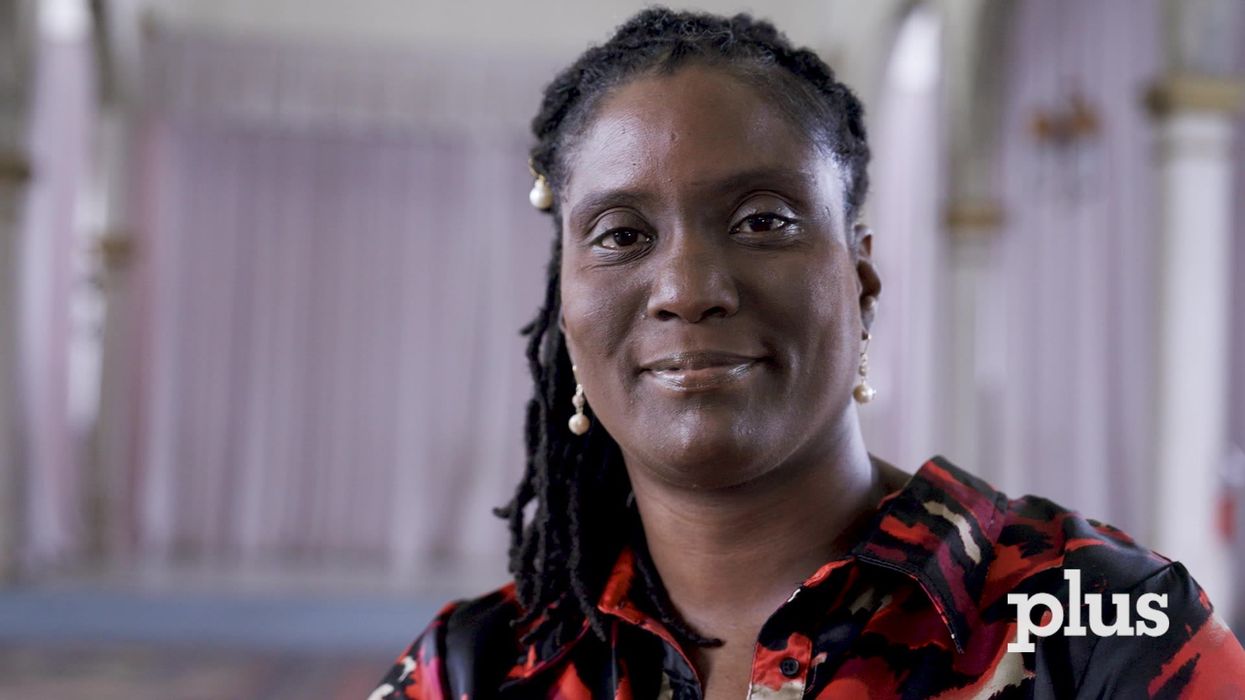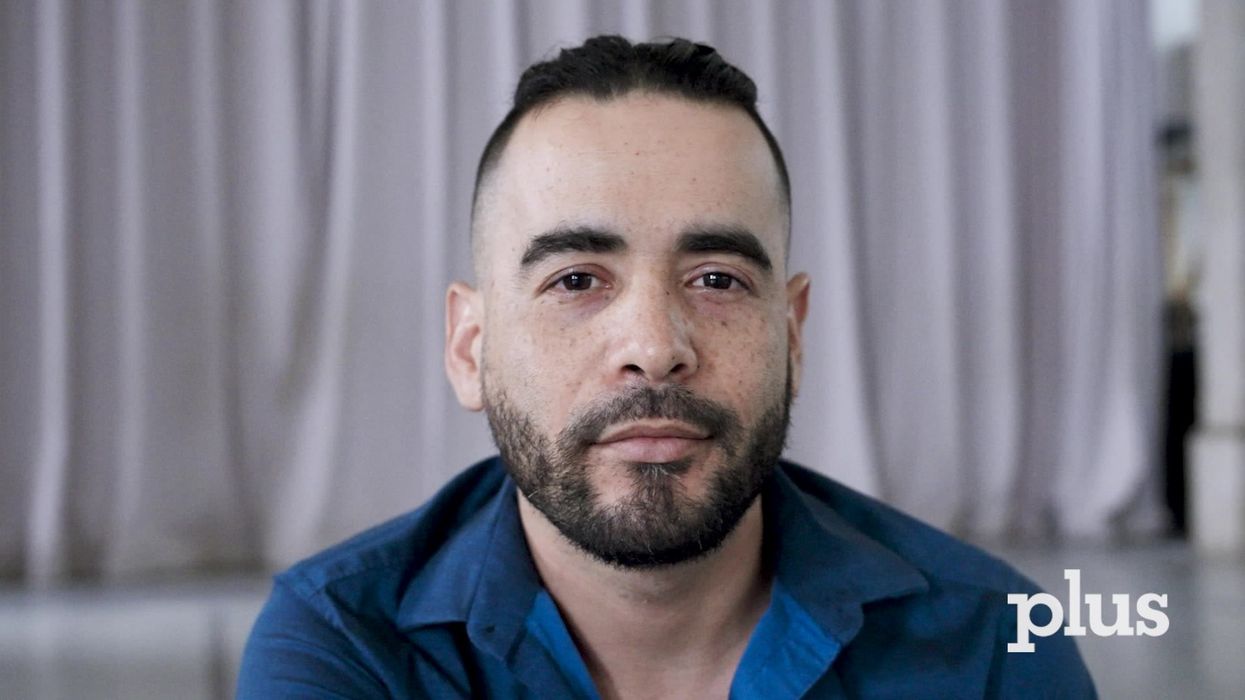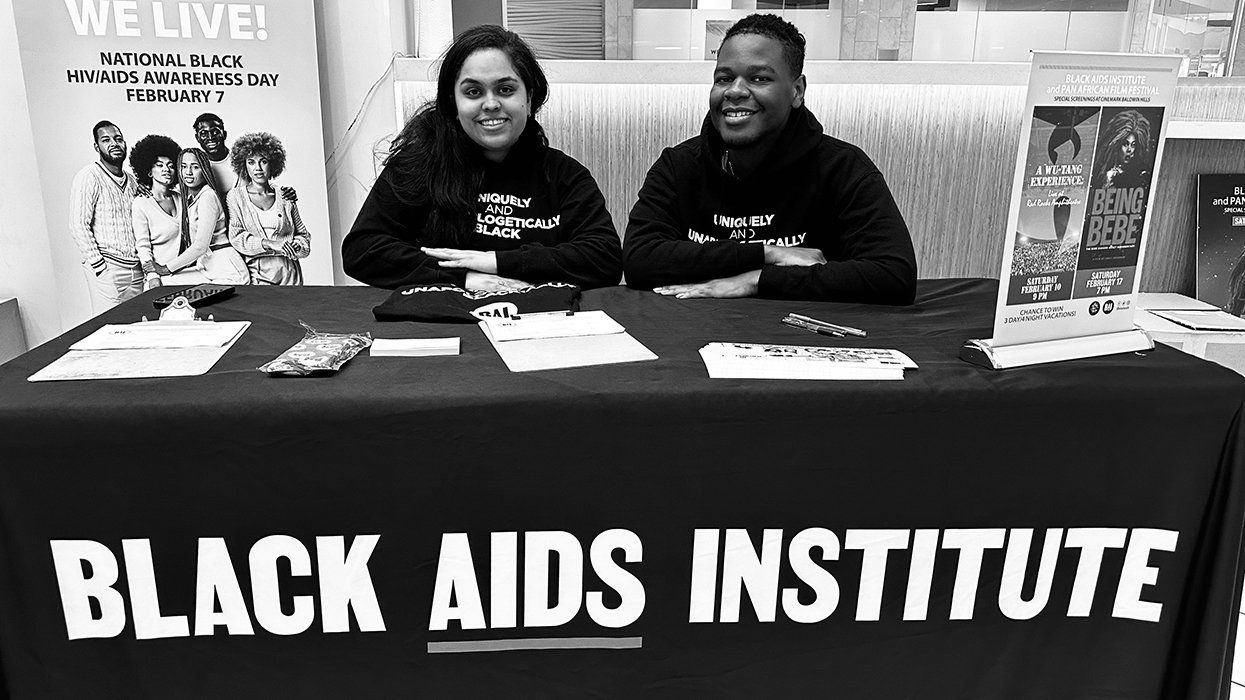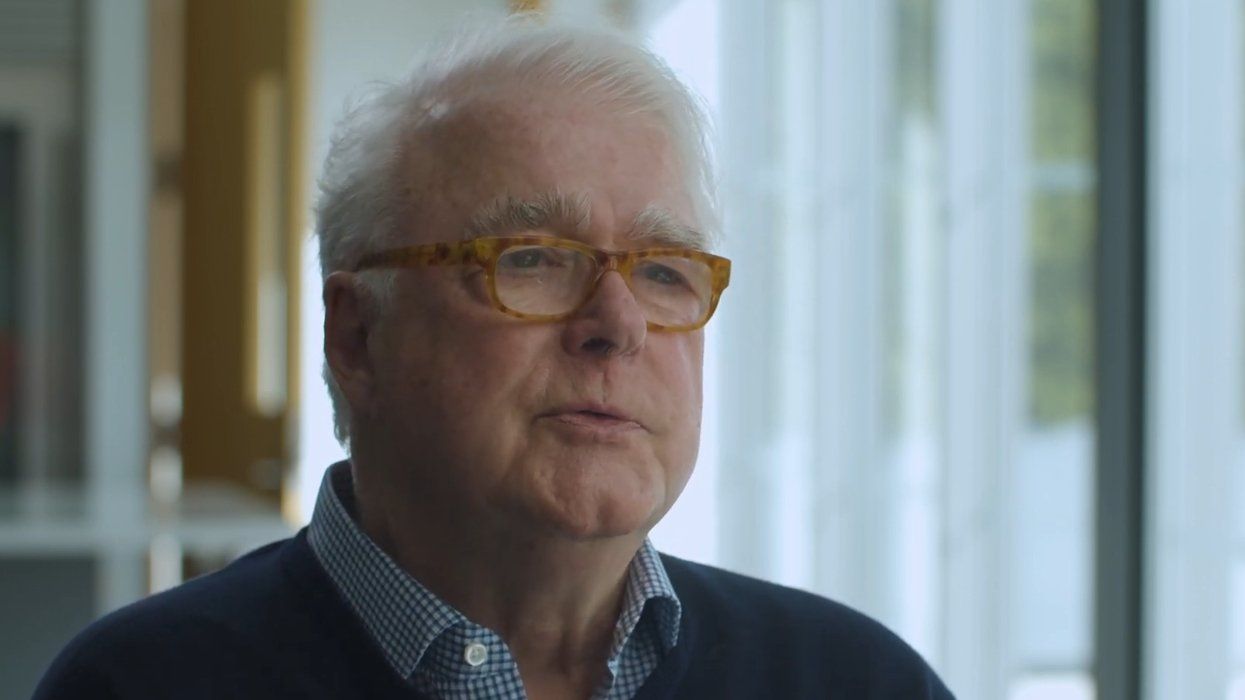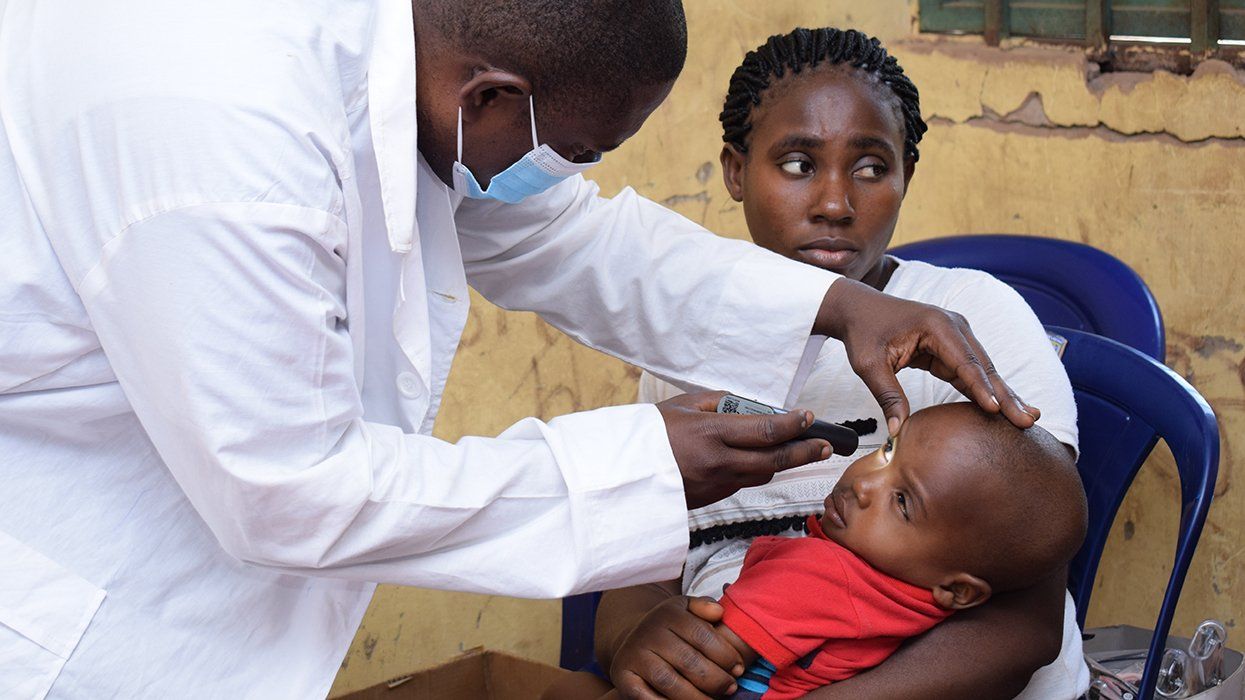Treatment GuideJust DiagnosedSex & DatingAfrican AmericanStigmaAsk the HIV DocPrEP En EspañolNewsVoicesPrint IssueVideoOut 100
CONTACTCAREER OPPORTUNITIESADVERTISE WITH USPRIVACY POLICYPRIVACY PREFERENCESTERMS OF USELEGAL NOTICE
© 2025 Pride Publishing Inc.
All Rights reserved
All Rights reserved
By continuing to use our site, you agree to our Privacy Policy and Terms of Use.
The ability to actually measure the amount of virus in blood was a huge leap forward in the treatment of HIV. In the early 1990s a technique called polymerase chain reaction was developed as a method to look for organisms by identifying their genetic makeup. Before PCR, the usual way for a clinician to know if a virus was present in blood was to look for antibodies to the virus, but finding antibodies gives only indirect evidence of viral exposure, not true presence of the virus. The advantage with PCR is that we had a tool that said whether the virus was still present. However, it did not tell us how much virus was there. So the only way we could monitor patients' response to antiretrovirals was to watch T-cell counts. Once T-cell counts started to drop we knew we had to try something different. It was a little like closing the barn door once the horse was out. In 1995, though, two milestones were achieved at the same time. First, quantitative PCR was developed, allowing us to count the number of virus copies in a milliliter of blood. Second, we learned that if you combined a pair of the nucleoside analogs available at that time, such as AZT and 3TC, along with a new class of antivirals called protease inhibitors, you could see the viral load fall steadily to undetectable levels and stay there. I clearly remember hearing this presented for the first time at the retroviral conference in Washington, D.C., in early 1996. A graph was shown of the counts of one patient in an early protease inhibitor trial who initially had viral loads done every six hours starting with the first dose. By the second week the viral load started to fall precipitously to undetectability, which was maintained through 24 weeks when this was reported. The audience was amazed and elated. Today, almost all viral loads are measured by one of two different methods: PCR or branched chain DNA. They give roughly the same numbers, with bDNA generally being a little lower. Although the science is different between the two, they both involve a step of amplification or multiplication of the virus. It is this step that creates wide swings in viral loads. If a small variation in the virus count occurs early in the multiplication process, then this variation is multiplied along with the virus. This is the reason that viral loads must change by at least threefold to fivefold to be significant. So if your true viral load is 600, a dip to 420 or a jump to 950 may look meaningful, but they are really all in the same range. Similarly, if your viral load is 120, measurements may bounce between 80 and 250. As I said in this column on T-cell counts in the August issue, trends over time are the best way to know if the viral load is moving up or down. Finally, routine viral load tests generally have a range of 400 to 750,000. Ultrasensitive viral loads can test down to a 25-to-75 viral-copy range, depending on the lab. Levels below these cutoffs are called undetectable. In this range 'blips' can occur. A blip is defined as a viral load that rises from undetectable to measurable and then falls back to undetectable. Most clinicians do not feel that an occasional blip means anything. It may be caused by what the lab folks call 'background noise''that is, when you are measuring such a low level of virus it is sometimes difficult to distinguish what is virus and what is just artifact. During this tutorial on viral loads I hope you appreciated the bit of HIV history. As you see, the science of HIV research is more than just drug development. It has created amazing new tools essential for advancing the fight against HIV. And now it is also immensely helpful in other areas of viral research, such as tracking down severe acute respiratory syndrome or monitoring treatments for hepatitis. Who knows what tomorrow might bring? Bowers is board-certified in family practice and is a senior partner with Pacific Oaks Medical Group, one of the nation's largest practices devoted to HIV care.
From our Sponsors
Most Popular
“So much life to live”: Eric Nieves on thriving with HIV
September 03 2025 11:37 AM
Thanks to U=U, HIV-positive people can live long, happy, healthy lives
July 25 2025 2:37 PM
The Talk: Beyond the exam room
August 13 2025 3:15 PM
BREAKING: Supreme Court rules to save free access to preventive care, including PrEP
June 27 2025 10:32 AM
Messenger RNA could be the key to an HIV vaccine — but government cuts pose a threat
August 20 2025 8:02 AM
“I felt like a butterfly”: Niko Flowers on reclaiming life with HIV
July 23 2025 12:22 PM
Dancer. Healer. Survivor. DéShaun Armbrister is all of the above
July 02 2025 8:23 PM
The Talk: Starting the conversation
July 25 2025 4:47 PM
The lab coat just got queer
August 21 2025 10:00 AM
Plus: Featured Video
Latest Stories
HIV-positive men stage 'Kiss-In' protest at U.S.-Mexico border
December 01 2025 12:56 PM
What the AIDS crisis stole from Black gay men
December 01 2025 6:00 AM
Amazing People of 2025: Javier Muñoz
October 17 2025 7:35 PM
It’s National PrEP Day! Learn the latest about HIV prevention
October 10 2025 9:00 AM
“I am the steward of my ship”: John Gibson rewrites his HIV narrative
September 16 2025 2:56 PM
The Talk: Owning your voice
August 25 2025 8:16 PM
The Talk: Navigating your treatment
August 01 2025 6:02 PM
How the Black AIDS Institute continues to fill in the gaps
July 25 2025 1:06 PM
1985: the year the AIDS crisis finally broke through the silence
June 26 2025 11:24 AM
VIDEO: A man living with HIV discusses his journey to fatherhood
June 10 2025 4:58 PM
Trump admin guts $258 million in funding for HIV vaccine research
June 03 2025 3:47 PM
Grindr is reminding us why jockstraps are so sexy and iconic
May 02 2025 5:36 PM
HRC holds 'die-in' to protest Trump health care cuts
April 28 2025 2:11 PM
Two right-wing Supreme Court justices signal they may uphold access to PrEP and more
April 21 2025 4:10 PM
500,000 Children at Risk: PEPFAR Funding Crisis
April 08 2025 3:51 PM
Broadway's best raise over $1 million for LGBTQ+ and HIV causes
April 03 2025 7:15 PM
The Talk Season 5 premieres this spring with HIV guidance for the newly diagnosed
March 26 2025 1:00 PM
Trending stories
Recommended Stories for You







